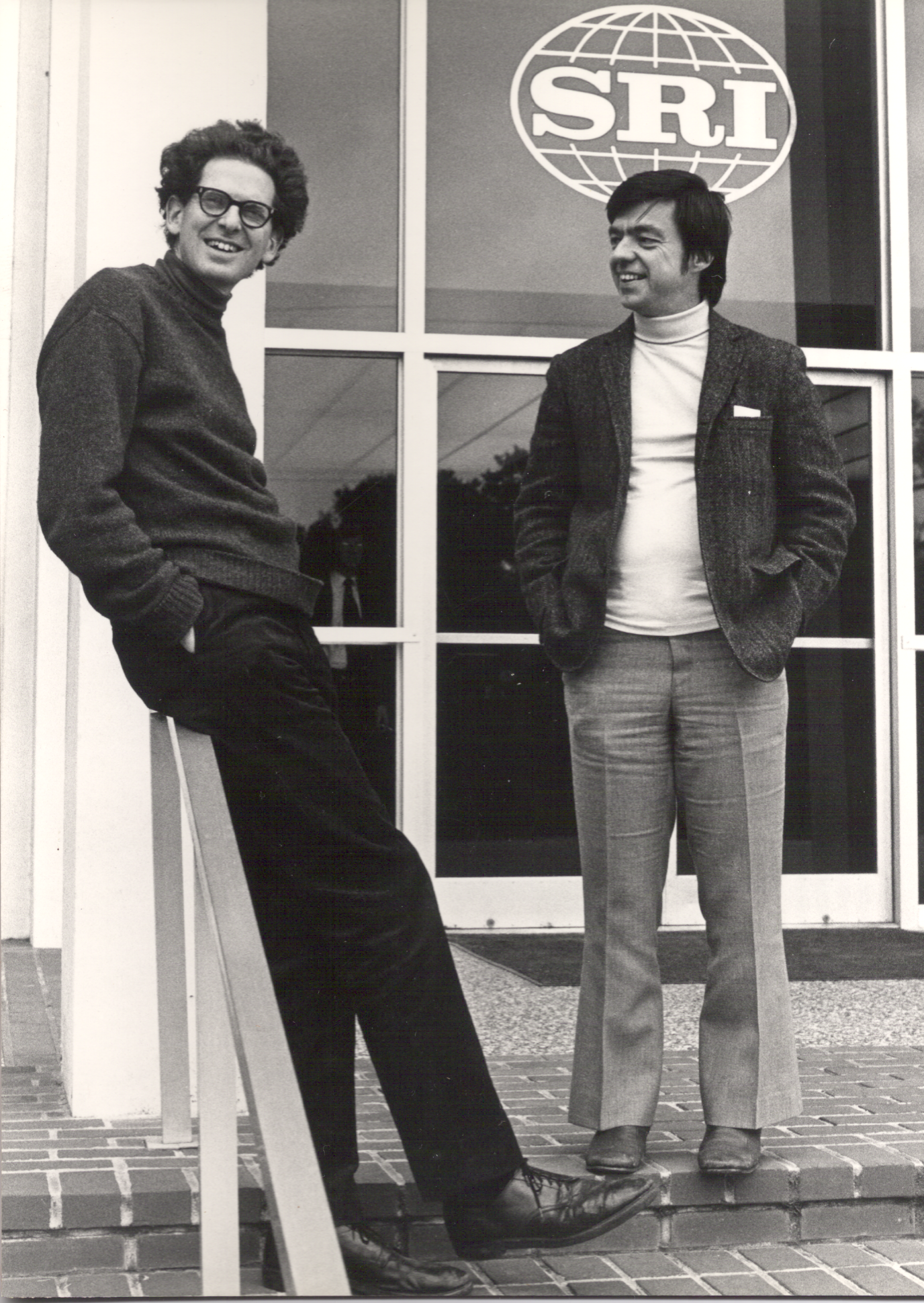Stanford Research Institute
Research on remote viewing began at the Stanford Research Institute (SRI) in California in 1972. The research duo Harold E. Puthoff and Russell Targ worked together with the medially gifted Ingo Swann, who later became the “father of Remote Viewing”. The harnessing of remote viewing in the form of a protocol-based methodology is the essential merit of these developments. Ingo Swann was not only instrumental in shaping the terminology of the protocol now known as CRV, but also trained the first military remote viewers in later years. Many series of studies involving thousands of sessions ultimately led to the stage-based CRV protocol as we know it today as the “original CRV.”
At that time, in the early 1970s, there was no telling where the work would ultimately lead. Much basic research was being done. PSI facts that seem self-evident to us today were statistically proven for the first time, such as the independence of perception from time or distance – sensational results at the time. Already after a short time, due to spectacular successes, e.g. by the very talented former policeman Pat Price or the photographer Hella Hammid, the interest of the American secret services was aroused, which then established a military unit for further research of the method.





